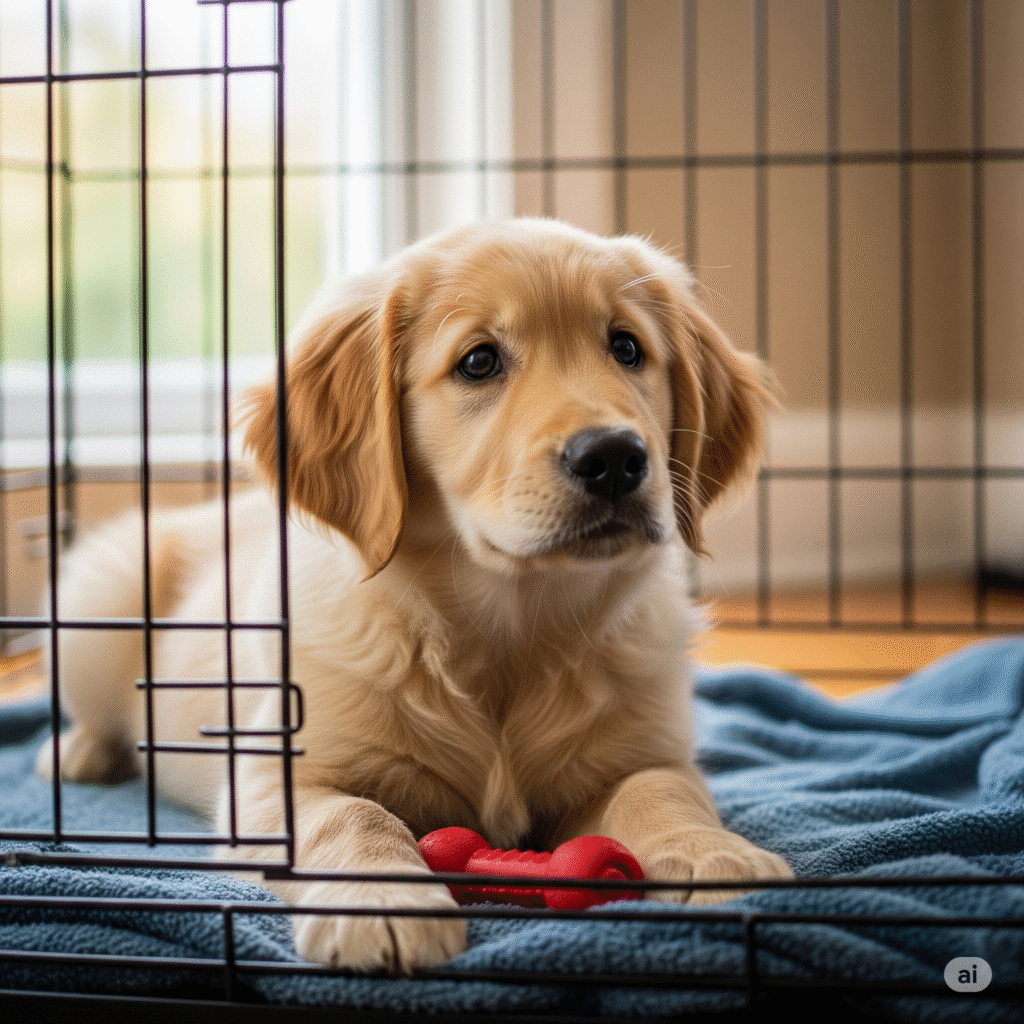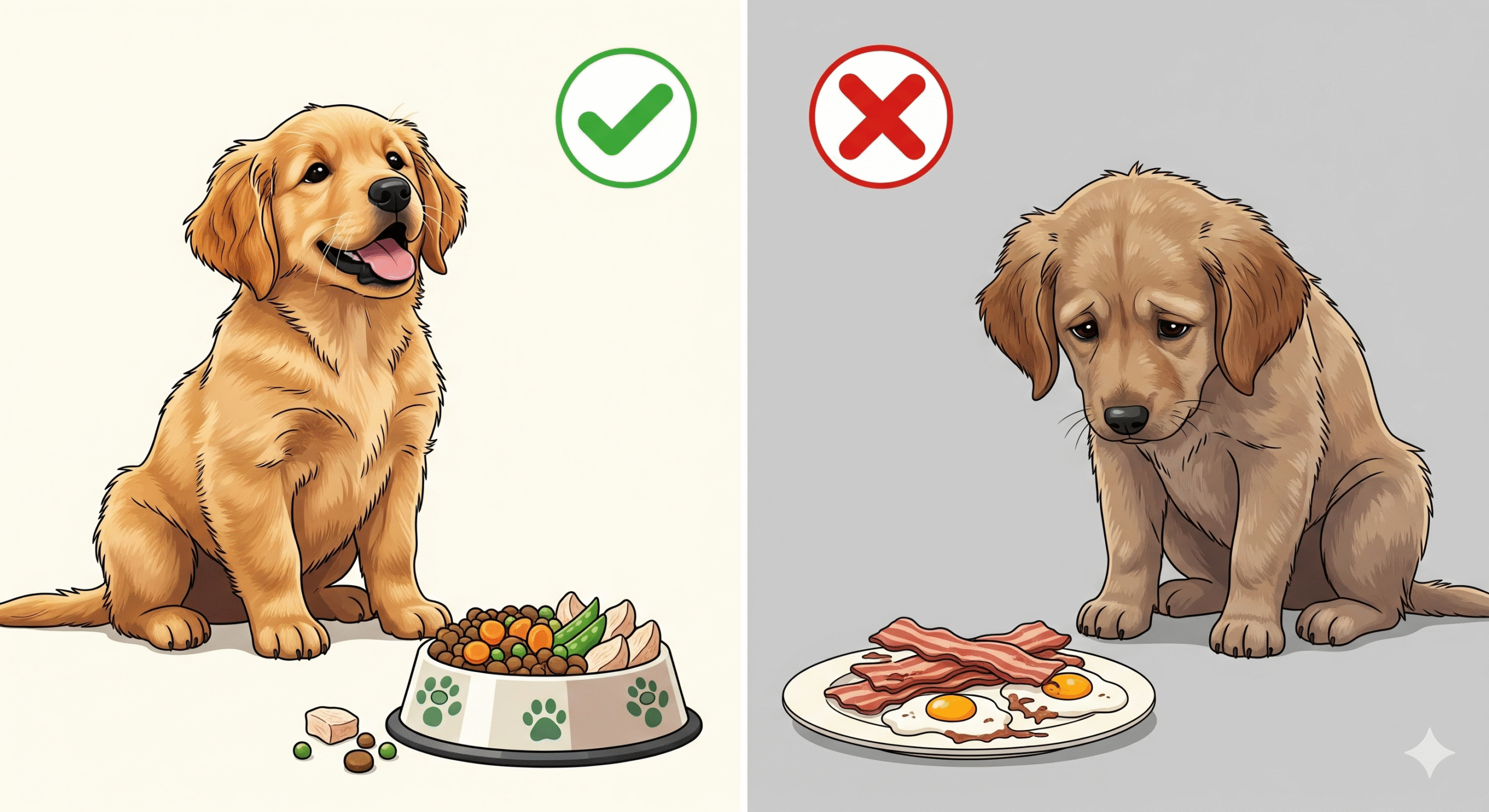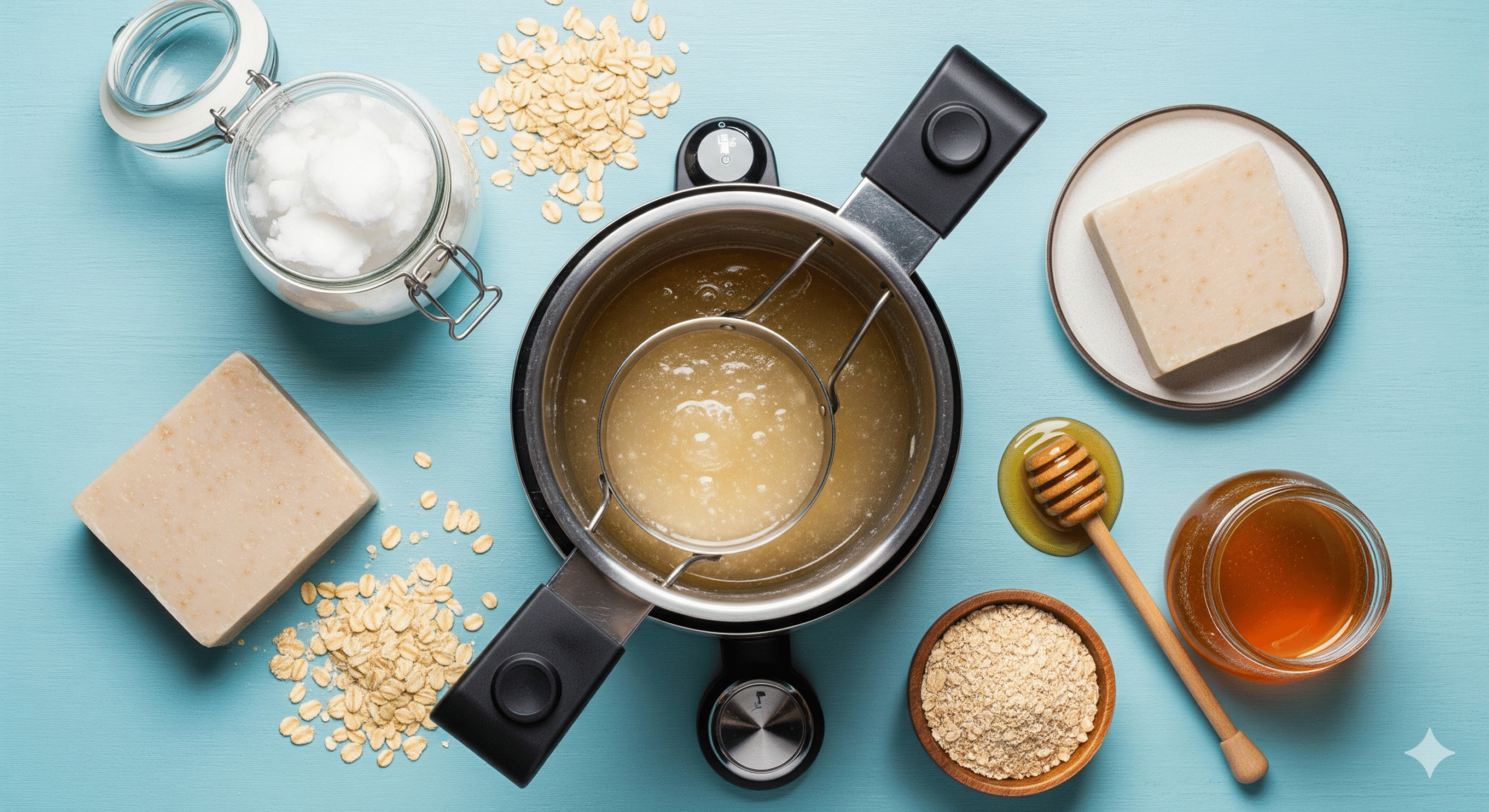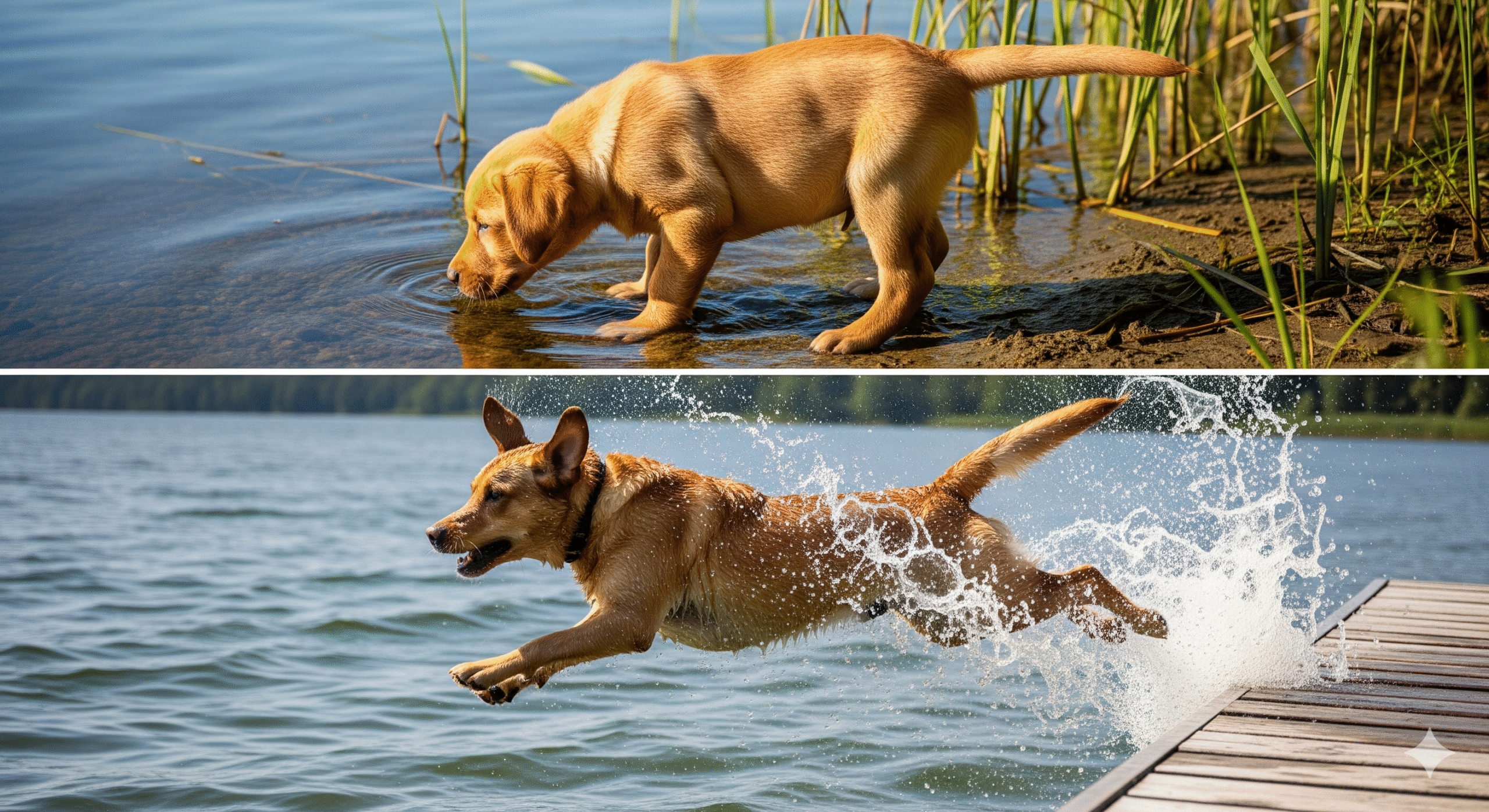Crate training is essential for housebreaking and keeping your puppy safe—but leaving them crated for too long can cause anxiety or health issues. So, how long crate puppy can stay confined depends on their age, breed, and training progress.
In this guide, we’ll break down:
✅ Safe crate durations by age
✅ Signs your puppy is crated too long
✅ Expert crate training tips
✅ Alternatives to long crating
Why Crate Training Matters 🏠
Crates mimic a den-like environment, providing security and structure for puppies. When used correctly, crates help with:
- Housebreaking (prevents accidents)
- Preventing destructive chewing
- Safe confinement when unsupervised
- Travel and vet visits
However, over-crating can lead to:
- Anxiety or stress
- Muscle stiffness
- Potty accidents (if held too long)
How Long Can a Puppy Stay in a Crate? (By Age) 📅
🐾 8-10 Weeks Old (New Puppies)
- Max Crate Time: 30 min – 1 hour (except overnight)
- Why? Bladder control is minimal; they need frequent potty breaks.
- Overnight: Up to 3-4 hours (with a midnight potty break).
🐾 10-12 Weeks Old
- Max Crate Time: 1-2 hours
- Overnight: 4-5 hours (still may need 1 break).
🐾 3-6 Months Old
- Max Crate Time: 3-4 hours
- Overnight: 5-6 hours (most can sleep through).
🐾 6+ Months Old
- Max Crate Time: 4-6 hours (max for adult dogs: 8 hours).
- Overnight: Full night (8 hours).
⚠️ Exceptions: Small breeds (e.g., Chihuahuas) may need more frequent breaks due to tiny bladders.
Signs Your Puppy Is Crated Too Long 🚨
Watch for these stress signals:
- Excessive whining/barking (after settling period)
- Potty accidents in the crate (despite training)
- Chewing the crate bars (anxiety behavior)
- Lethargy or refusal to enter the crate
💡 Fix: Gradually increase crate time, add toys, or adjust the schedule.
Expert Crate Training Tips 🎓
1. Choose the Right Crate Size 📏
- Should be big enough to stand/turn around, but not so large they’ll potty in one corner.
- Use dividers for growing puppies.
2. Create Positive Associations 🧸
- Feed meals in the crate.
- Offer chew toys (Kong with peanut butter).
- Never use the crate for punishment.
3. Stick to a Schedule ⏰
- Puppy Age → Max Crate Time → Potty Break Frequency
- Example:
- 8 weeks → 1 hour → Every 30-60 min
- 12 weeks → 2 hours → Every 2-3 hours
4. Avoid Long Confinement 🚫
- If you’re gone >4 hours, hire a dog walker or use a puppy playpen.
Alternatives to Crating All Day 🔄
If you work long hours, try:
- Doggy daycare (socialization + exercise)
- Puppy-proofed playpen (with pee pads)
- Pet sitter/dog walker (midday break)
Example Crate Training Schedule (8-Week-Old Puppy) 🕒
| Time | Activity |
|---|---|
| 7:00 AM | Potty break, playtime |
| 7:30 AM | Breakfast in crate |
| 8:00 AM | 1-hour crate nap |
| 9:00 AM | Potty break, short walk |
| 9:30 AM | Playtime outside crate |
| 10:00 AM | Back in crate (1 hour) |
Repeat with gradual increases as they age.
Final Thoughts: Balance is Key ⚖️
Crates are tools, not cages—use them wisely! Follow the age-based guidelines, watch for stress signs, and prioritize potty breaks.
📢 Need Help? If your puppy hates the crate, consult a trainer for personalized advice!

The first step to successful crate training is choosing the right crate. It should be just large enough for your puppy to stand up, turn around, and lie down comfortably. A crate that is too big can undermine potty training. With so many options on the market, from wire to plastic to soft-sided, it can be tough to know which is best for your needs. For travel, a secure, well-ventilated crate is essential. To see our top picks that are perfect for both home training and adventures, check out our review of the Best Puppy Crates for Training & Travel.






